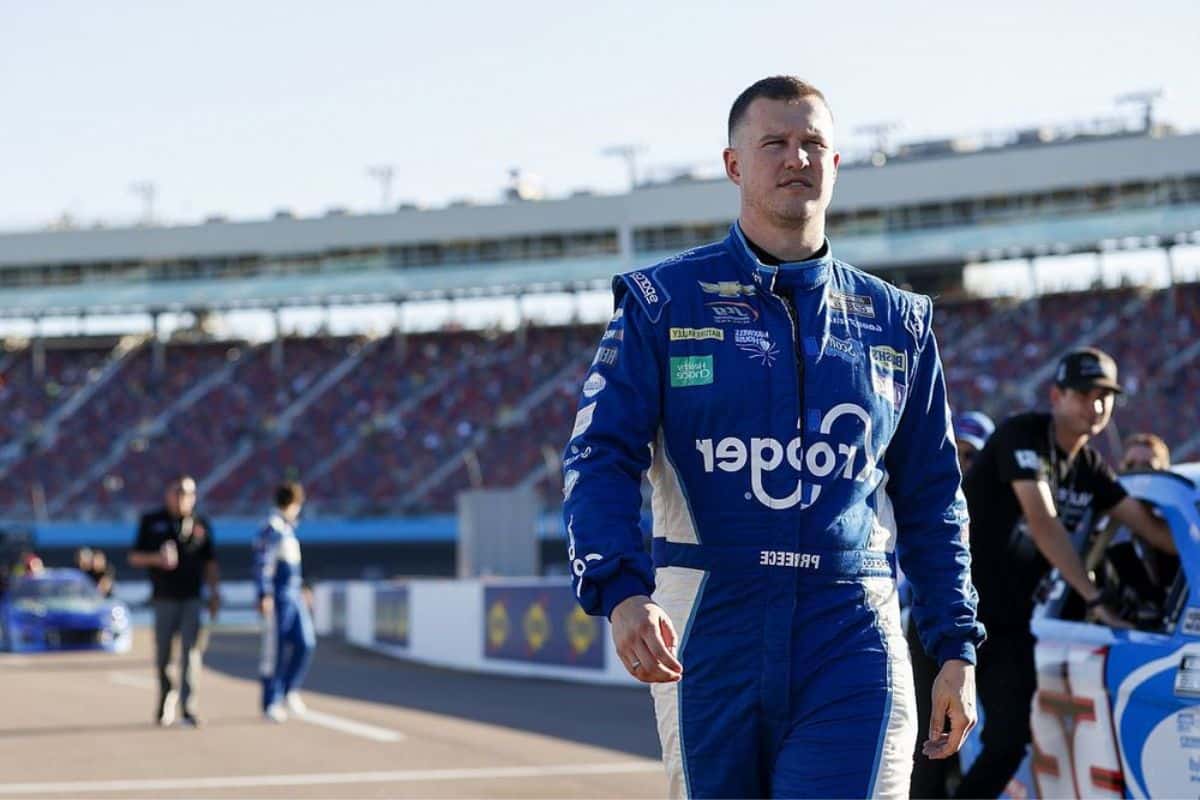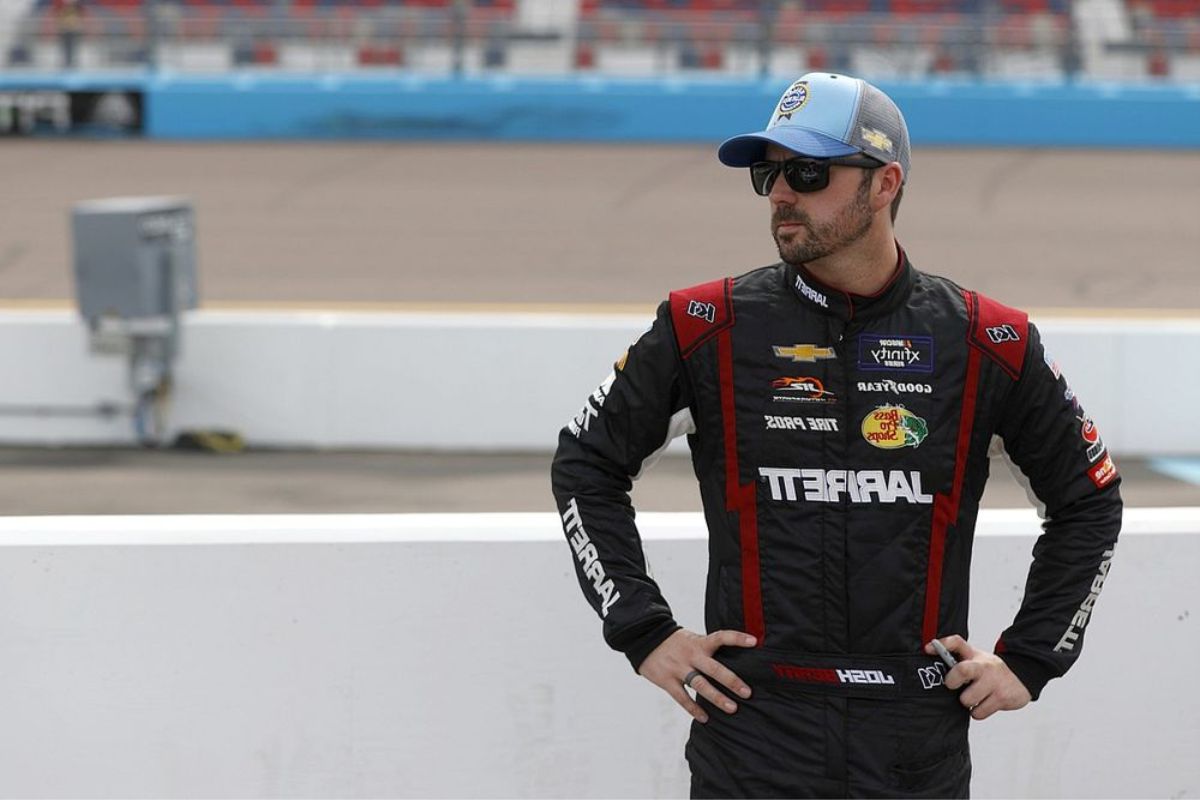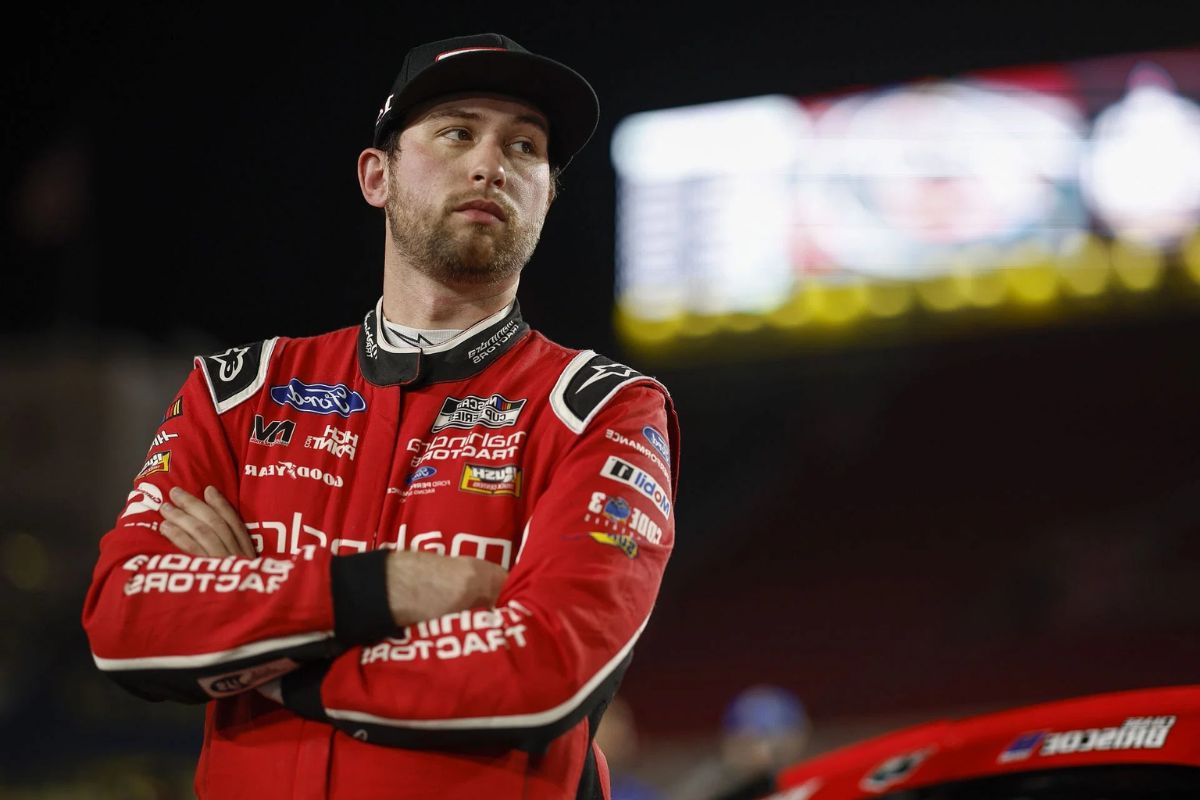Stewart-Haas Racing 2023 Challenges: In the fast-paced world of motorsports, Stewart-Haas Racing has emerged as a formidable force, consistently challenging the competition on the NASCAR circuit. As the calendar turns to 2023, however, the team faces a set of unique challenges that could test their mettle.
The first hurdle comes in the form of driver transitions, as experienced veterans make way for a new generation of talent. This shift in the driver lineup could have a significant impact on the team dynamics and camaraderie that have been crucial to Stewart-Haas Racing’s success.
Additionally, the team must navigate the treacherous waters of sponsorship storms, with the departure of major sponsors potentially leaving a significant void in financial support. The implications of these challenges extend beyond the mere pursuit of speed and victory, as they have the potential to reshape the very fabric of the team.
How will Stewart-Haas Racing adapt to these obstacles, and what will be the consequences for their performance on the track? Only time will tell, but one thing is certain – the road ahead for Stewart-Haas Racing is filled with uncertainty and intrigue.
Key Takeaways
– Stewart-Haas Racing is facing the challenge of integrating new talent and maintaining a winning culture with the departure of veteran drivers Kevin Harvick and Clint Bowyer.
– The introduction of younger drivers like Ryan Preece and Chase Briscoe brings fresh perspectives and potential for innovation, but also requires a shift in team dynamics and culture.
– The team is grappling with a sponsorship crisis, as they experienced a winless season and the departure of sponsors like Busch Light and Smithfield. This has created financial strain and uncertainties for the team’s sustainability.
– The sponsorship crisis has had an impact on team dynamics, including increased cohesion and collaboration, but also uncertainty and anxiety among team members. It has also put pressure on team leadership to make strategic decisions and reevaluate resource allocation.

Transition in Stewart-Haas Racing’s Driver Lineup
The transition in Stewart-Haas Racing’s driver lineup marks a pivotal moment for the team as veteran drivers depart, paving the way for a new generation of talent to take the wheel. This shift signifies a significant transformation for Stewart-Haas Racing (SHR) and poses both challenges and opportunities for the team in the upcoming season.
With the departures of Kevin Harvick and Clint Bowyer, SHR bids farewell to key figures known for their serious approach to racing combined with a sense of humor. These veteran drivers have been instrumental in shaping the team’s identity and success over the years.
As they make way for younger drivers like Ryan Preece and Chase Briscoe, SHR will need to navigate the complexities of integrating new talent while maintaining the winning culture and competitive edge they have built. The team will need to provide the necessary support and resources to cultivate the potential of these rising stars, ensuring a smooth transition and a seamless continuation of their racing legacy.
Evolution of Team Dynamics and Camaraderie
How does the arrival of new talent and the departure of veteran pranksters impact the evolution of team dynamics and camaraderie within Stewart-Haas Racing?
The introduction of fresh talent like Josh Berry and Noah Gragson brings a new energy and perspective to the team. Gragson, in particular, is seen as the new fun driver, reminiscent of the charismatic Clint Bowyer.
As the veteran pranksters, such as Bowyer himself, leave the team, the dynamics within Stewart-Haas Racing undergo a transformation. Here are five ways in which these changes impact the team dynamics and camaraderie:
– New perspectives and ideas are introduced, leading to potential innovation and growth.
– The team culture may shift as new personalities and communication styles come into play.
– The departure of veteran pranksters could create a void in terms of lightheartedness and camaraderie.
– The team may need to adjust its dynamics and find new ways to build unity and trust.
– The process of integrating new talent may require time and effort to ensure a smooth transition and effective teamwork.
As Stewart-Haas Racing navigates these changes, the evolution of team dynamics and camaraderie will play a crucial role in their future success.

Challenges in Sponsorship and Departure of Major Sponsors
With the evolution of team dynamics and camaraderie in Stewart-Haas Racing, the challenges in sponsorship and the departure of major sponsors present significant hurdles for the team in 2023.
The team’s winless season and the departure of sponsors like Busch Light and Smithfield have created uncertainties and financial strain.
Additionally, the departure of influential drivers like Harvick has intensified the sponsorship crisis, further exacerbating the team’s challenges.
The departure of major sponsors not only affects the team’s financial stability but also raises questions about the broader challenges facing NASCAR as a whole.
As Stewart-Haas Racing navigates these sponsorship storms, they will need to find innovative ways to attract new sponsors and ensure their long-term sustainability in a highly competitive racing environment.
Impact of Sponsorship Crisis on Team Dynamics
The sponsorship crisis faced by Stewart-Haas Racing has had a profound impact on the dynamics within the team. As they struggle to secure new partnerships following a winless season, the pressure mounts on SHR to maintain their competitive edge. This crisis has led to several key changes in the team’s dynamics:
– Uncertainty and anxiety: The uncertain future of sponsorship deals has created a sense of anxiety among team members, affecting their focus and motivation.
– Team cohesion: The challenge of securing new sponsors has forced the team to come together and collaborate more closely, fostering a sense of unity and shared purpose.
– Driver morale: The departure of major sponsors and the subsequent financial strain can take a toll on the morale of drivers, impacting their performance on the track.
– Resource allocation: The sponsorship crisis has necessitated a reevaluation of resource allocation within the team, as they prioritize securing new partnerships and maintaining their competitiveness.
– Pressure on leadership: Team leaders are under immense pressure to navigate the sponsorship storm, making strategic decisions that can have long-term implications for the team’s success.
The sponsorship crisis has undoubtedly shaken the foundation of Stewart-Haas Racing, but it also presents an opportunity for growth and resilience. With the right strategies and partnerships, they can overcome these challenges and emerge stronger in the future.
Resilience and New Partnerships for Stewart-Haas Racing
Stewart-Haas Racing’s resilience in the face of the sponsorship crisis is evident through their ability to secure new partnerships and maintain longstanding associations, positioning the team for potential opportunities in the upcoming NASCAR season. Despite setbacks, the team has shown a proactive approach in navigating the challenges, allowing them to overcome hurdles and attract new sponsors. An example of this resilience is seen in their continued association with SunnyD, a longstanding partner.
Additionally, Stewart-Haas Racing has successfully formed new partnerships with fashion brand Harrisons and Andys Frozen Custard. These strategic alliances not only provide financial support but also open doors to new audiences and markets. By forging these new partnerships and maintaining existing ones, Stewart-Haas Racing demonstrates their ability to adapt and thrive in a highly competitive environment.
Conclusion of Stewart-Haas Racing 2023 Challenges
Stewart-Haas Racing faces significant challenges in the coming year, including driver transitions and sponsorship storms. The team must navigate these changes while ensuring the evolution of team dynamics and camaraderie.
The departure of major sponsors adds to the difficulties, impacting both financial stability and team morale. However, with resilience and the establishment of new partnerships, Stewart-Haas Racing has the potential to overcome these obstacles and continue to thrive in the competitive world of NASCAR.

Our Reader’s Queries
Q. Who did Clint Bowyer play for?
A. From 2005 to 2020, Clint Bowyer was a prominent competitor in the NASCAR Cup Series. His racing journey included stints with Richard Childress Racing for eight years, Michael Waltrip Racing for four years, HScott Motorsports for one year, and Stewart-Haas Racing for four years. Notably, Bowyer secured the 2008 Nationwide Series championship while driving for RCR.
Q. Has Noah Gragson won a Cup race?
A. Currently, the organization boasts only one Cup win among its four drivers: Chase Briscoe with one victory in 108 Cup starts. The remaining drivers, Ryan Preece (0-for-151), rookie Josh Berry (0-for-12), and Noah Gragson (0-for-39), are still seeking their first Cup victories. Collectively, the four drivers have an impressive track record in the Xfinity Series with 31 career wins and have also secured six victories in the truck series.
Q. Who is Noah Gragson driving for?
A. On December 13, 2023, Noah Gragson inked a multi-year deal with Stewart-Haas Racing to pilot the No. 10, marking his transition to the team starting in the 2024 season.
Q. Which cars belong to Stewart-Haas Racing?
A. The organization competes with four entries in the NASCAR Cup Series: the No. 4 Ford Mustang for Kevin Harvick, the No. 10 Ford Mustang for Aric Almirola, the No. 14 Ford Mustang for Chase Briscoe, and Noah Gragson.
Q. Whose engine does Haas use?
A. Haas has a comprehensive contract with Ferrari that goes beyond just the engine, encompassing the gearbox and FIA-prescribed parts. Looking ahead to 2026, teams will have an expanded range of options as six engine manufacturers will be available to choose from: Ferrari, Mercedes, Renault, Red Bull-Ford, Honda, and Audi.
ALSO READ: Noah Gragson Redemption Journey: Embracing Growth with Stewart-Haas Racing
